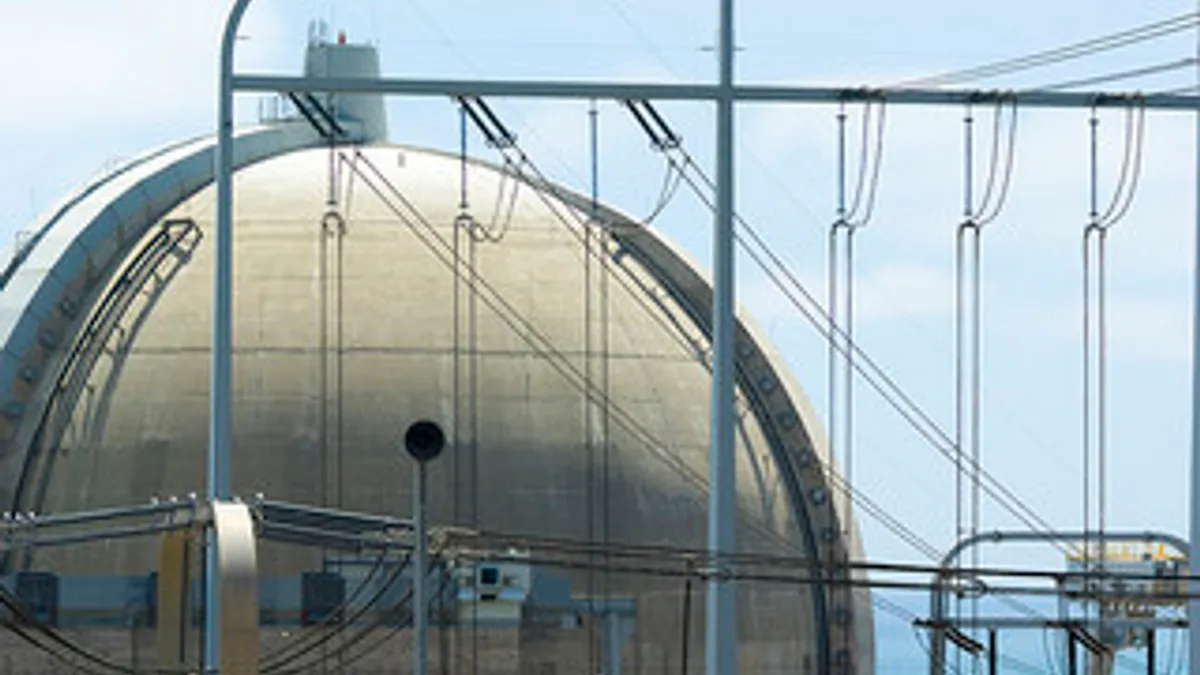Dive Brief:
- A shift away from coal and towards cleaner generating sources has helped the United States' power sector reduce its share of the country's air pollution, according to new analysis from M.J. Bradley & Associates.
- Released by Ceres, the report concludes that power plant emissions of SO2 and NOx have decreased dramatically, while CO2 emissions are slightly above 1990 levels—though they have declined steadily since their 2007 peak.
- The report illustrates how fuel mix can have a dramatic impact on generators' emissions: Duke Energy was the top electricity producer in the United States last year, but American Electric Power was the top emitter of carbon dioxide.
Dive Insight:
Power production accounted for 42% of the United Sates carbon dioxide emissions in 2010, but by 2015, that share was down to 38%, according to a new report, "Benchmarking Air Emissions of the 100 Largest Electric Power Producers in the United States."
Some 85% of the power generated in the U.S. came from the 100 top producers in 2015, the year before natural gas became the country's primary fuel source. Coal was 34% of the power produced by the 100 largest companies, followed by 32% gas, and 23% nuclear. Hydropower made up 6% that year.
Change is occurring rapidly within the U.S.' power sector: The U.S. Energy Information Administration said this week that solar and wind provided 10% of the country's generation last month, and could reach 10% on an annual basis by 2019.
The top-five largest generators in 2015 included Duke, NextEra Energy, Southern, Exelon and Tennessee Valley Authority. However, AEP, Duke, Southern, NRG and Dynegy were largest emitters of CO2 in the sector that year.
AEP is the sixth-largest generator of electricity, but produces 70% of it from coal. NextEra is the 10th-highest carbon emitting generator, despite being the No. 2 generator: the company uses 55% gas, 25% nuclear and 17% renewables. According to the report, the conclusions show that the U.S. power sector emissions have been effectively decoupled from economic growth.
"The electric industry has cut its NOx, SO2, and CO2 emissions even as overall electricity generation and GDP have increased," the report concluded. While less progress has been made in terms of reducing CO2 emissions, which have only recently become a major focus of regulation, 2016 CO2 emissions were 19% lower than 2000 levels.
In that same timeframe, total U.S electricity generation increased by 7% while GDP grew 33%.














